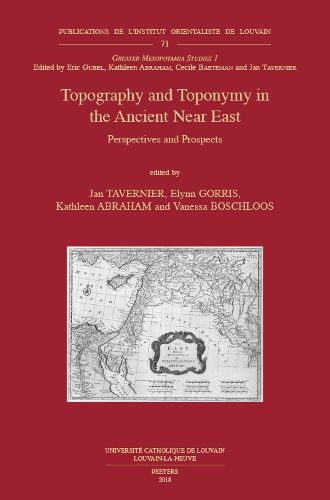Readings Newsletter
Become a Readings Member to make your shopping experience even easier.
Sign in or sign up for free!
You’re not far away from qualifying for FREE standard shipping within Australia
You’ve qualified for FREE standard shipping within Australia
The cart is loading…






The present volume, based on a conference on Ancient Near Eastern
historical geography and toponymy held at the Universite catholique de
Louvain (Belgium) on 27-28 February 2014, brings together 12
contributions by Belgian and international specialists on various
aspects of this field of research. They deal with the entire Ancient
Near East (Anatolia, Levant, Mesopotamia and Iran). Chronologically, the
various contributions in the volume discuss topics situated in the 3rd,
2nd and 1st Millennia BC.
The articles in this volume are
arranged geographically, starting with items on Anatolia, followed by
studies on Mesopotamian and Levantine topography and finally a third
part on ancient Iran and Elam. They will doubtlessly demonstrate the
high importance of the study of historical geography and toponymy for
our understanding of the history of the Ancient Near East and will also
stimulate the research on the historical geography of the ancient Near
East.
$9.00 standard shipping within Australia
FREE standard shipping within Australia for orders over $100.00
Express & International shipping calculated at checkout
The present volume, based on a conference on Ancient Near Eastern
historical geography and toponymy held at the Universite catholique de
Louvain (Belgium) on 27-28 February 2014, brings together 12
contributions by Belgian and international specialists on various
aspects of this field of research. They deal with the entire Ancient
Near East (Anatolia, Levant, Mesopotamia and Iran). Chronologically, the
various contributions in the volume discuss topics situated in the 3rd,
2nd and 1st Millennia BC.
The articles in this volume are
arranged geographically, starting with items on Anatolia, followed by
studies on Mesopotamian and Levantine topography and finally a third
part on ancient Iran and Elam. They will doubtlessly demonstrate the
high importance of the study of historical geography and toponymy for
our understanding of the history of the Ancient Near East and will also
stimulate the research on the historical geography of the ancient Near
East.